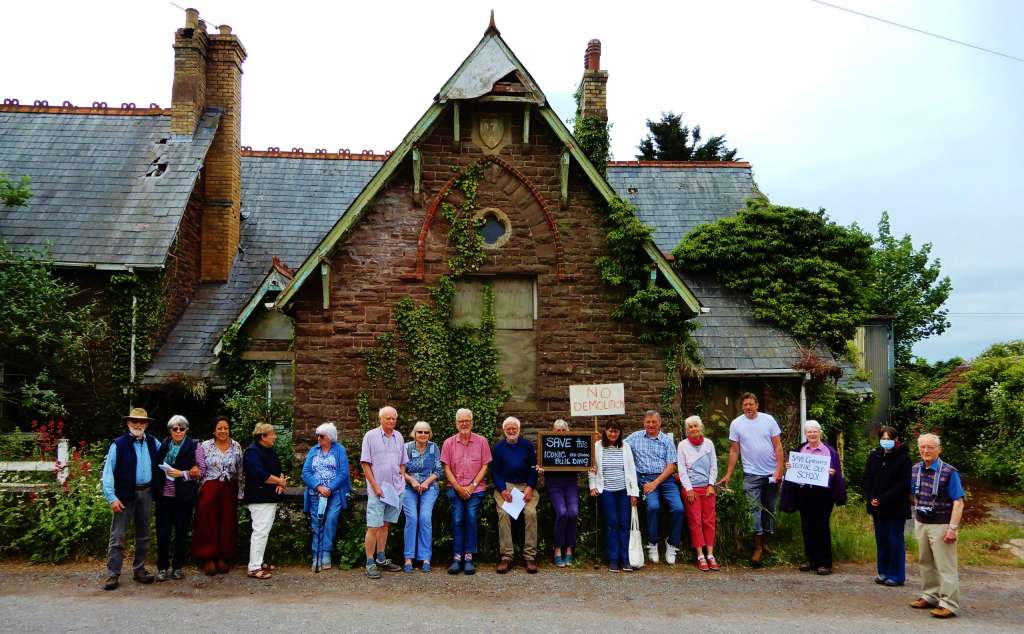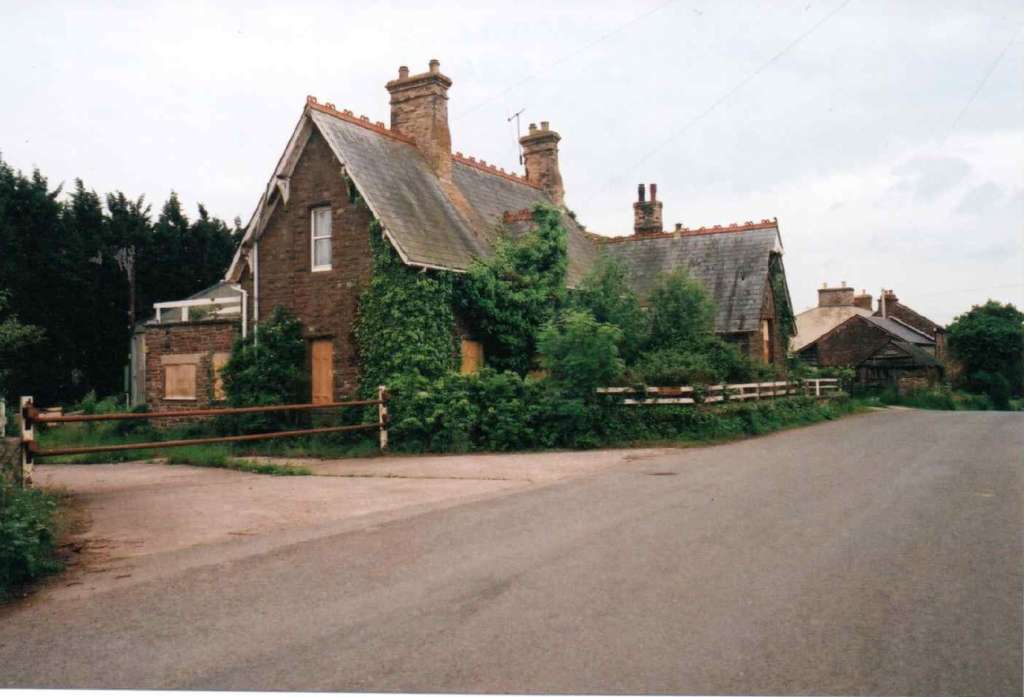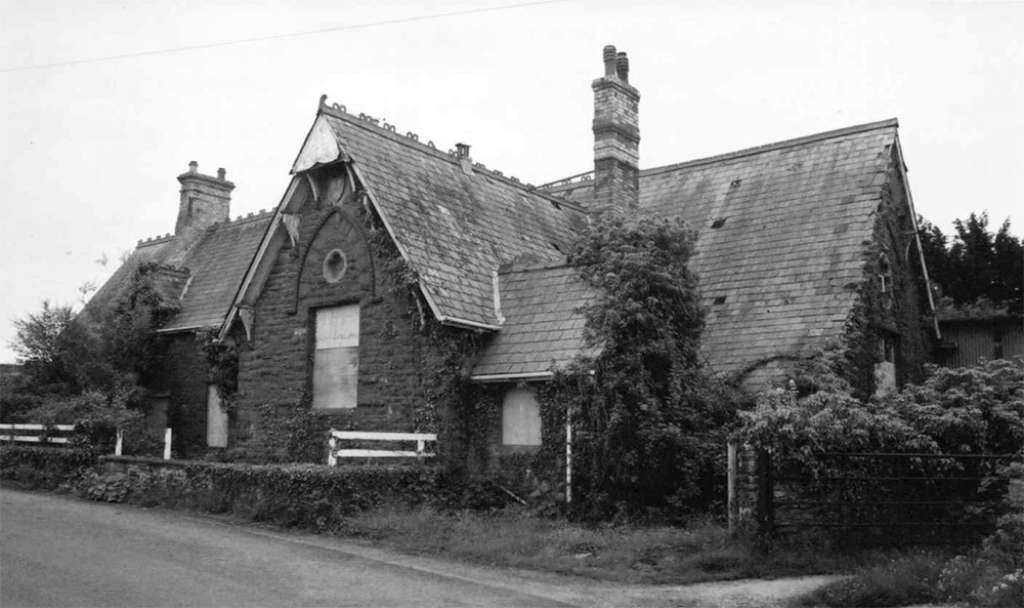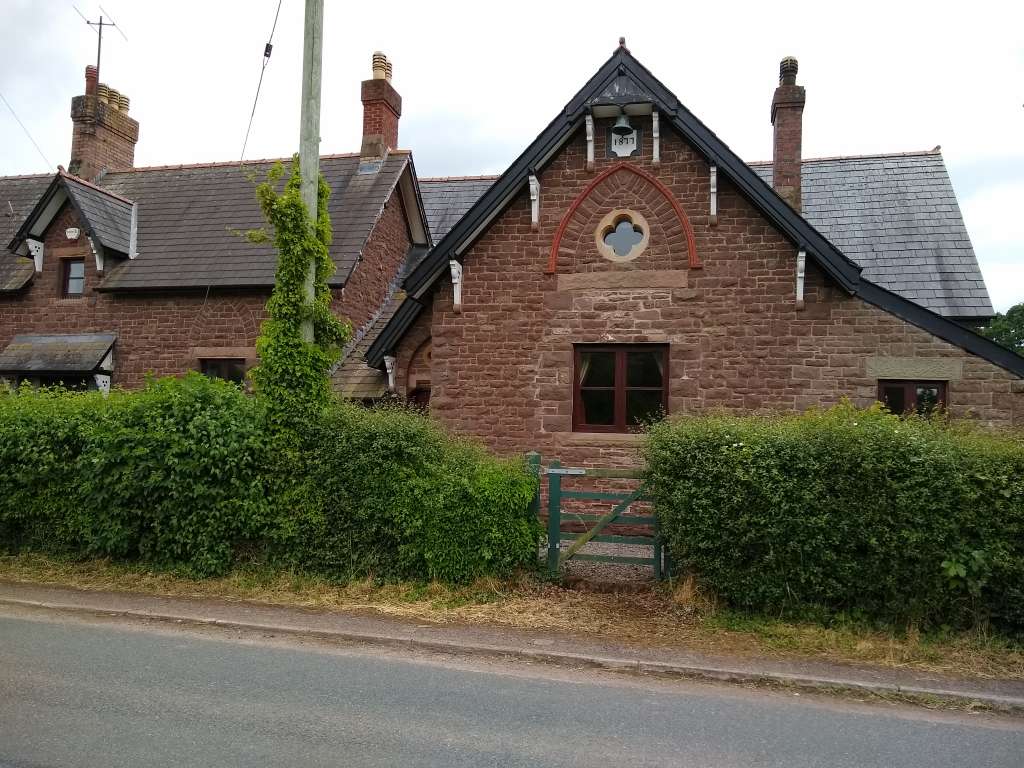PRESS RELEASE: Green light for SAVE to challenge school demolition in Court of Appeal
Crowdfunding campaign launched for legal fight
12th April 2023
SAVE Britain’s Heritage has been granted permission by the Court of Appeal to challenge plans to demolish a historic Victorian school building in Garway, Herefordshire. We've now launched a crowdfunding campaign to raise funds to support the legal fight. Please consider adding your support by donating HERE.
The Court of Appeal decision allows us to challenge the previous High Court ruling in November 2022, which found in the Council's favour. It represents a major step for the campaign and the last chance to save this important and locally loved building.
SAVE, which has led the legal battle to save the school alongside a lively community campaign since 2020, will be making the case that demolition was approved without correct process.
The substantive appeal will be decided at a public hearing overseen by three Court of Appeal Judges (Lord/Lady Justices) in the Royal Courts of Justice on the Strand on 25th May 2023 10.30 - 16.30.
If successful, we hope to set a legal precedent that could help save thousands of other unprotected historic buildings across the country.
Our application to the Court of Appeal was assembled by leading planning barrister Richard Harwood OBE KC and solicitor Susan Ring of Harrison Grant Ring, who will be representing SAVE again at the Hearing in May.
As with all of SAVE's work, the ultimate aim of our campaign is to see this historic building sustainably reused and Garway's history and character preserved, while also providing attractive and much-needed new housing in the village.
Henrietta Billings, director of SAVE Britain's Heritage, said: “We are delighted the Court of Appeal has now granted us permission to proceed with the appeal. This case raises important issues around the rights of owners to demolish buildings without full planning permission. The Court of Appeal has an opportunity to provide clarity on the threshold of uninhabitable buildings under the current regulations, and could therefore have far-reaching consequences for the future of thousands of unprotected historic buildings in England.”
Back story
The Court of Appeal decision follows a sustained campaign against the decision by Herefordshire Council in April 2022 to allow demolition of the 1877 school building in the village of Garway under a planning loophole called Permitted Development Rights (PDR).
SAVE launched Judicial Review proceedings in response to the decision, culminating in a one-day hearing at the Royal Courts of Justice on London's Strand on 9th November 2022. At the hearing, we argued that the council had failed to properly assess whether the school was unsafe or uninhabitable, a key test when deciding whether to permit applications under PDR.
In order for the demolition of a building to be allowed under PDR - a planning mechanism which bypasses the need for full planning permission - a building must not have been rendered unsafe or uninhabitable as a result of the owner's own neglect (action or inaction). SAVE's view is that the council did not apply the correct test when considering whether the PDR right to demolition applied to Garway School.
SAVE had previously supported the council's refusal of the owner's first application to demolish the buildings in 2021 and its subsequent and detailed application to Historic England for the buildings to be granted protection by heritage listing. Historic England ultimately decided not to list the building but did emphasise the quality of the structure as being of high local historic and architectural interest.
Read all about the campaign so far by CLICKING HERE.
History
Located within the idyllic setting of rural Herefordshire, Garway Old School (as it is now known) was originally built as a board school, consisting of a schoolhouse with an adjoining residence for the headteacher. Designed in a decorative Gothic style by local architect E.H. Lingen Barker, the school was completed in 1877, and opened in 1878 with 50 schoolchildren.
Most board schools built at the time were concentrated in large cities where education provision was worse, which makes the Old School in Garway a rare example for such a small, rural village.
Prior to 1870, the local vicar educated the children of Garway in the Chapel of St Michael's Church. Following the Education Act of 1870, the Skenfrith School Board was established in 1874 and it was decided that a board school should be built in the village with a teacher's residence provided nearby. The architect appointed, E.H. Linger Barker, was Herefordshire born and had experience of designing schools in London. He also designed schools in Grosmont, New Inn (Cross Ash) and Norton, all across the Welsh border, for the Skenfrith School Board.
His design for Garway consisted of a large schoolroom with tall windows, a smaller schoolroom, and an adjoining headmaster's residence. There were two entrance lobbies, possibly to provide separate entrances for boys and girls. The building was multi-gabled and constructed of coursed rubble ashlar with a slate roof and crested roof tiles. The main schoolhouse displays external decoration which distinguishes it from the rest of the building such as a shield with the date 1877, Gothic brick hoodmoulds and recessed glazed quatrefoils.
Picture below is of the 1877 school building in the nearby village of Norton Skenfrith. Designed by the same architect and built in the same year as Garway, this historic building has been successfully converted into two houses for many years.
ENDS
Note to editors
1. For more information contact Ben Dewfield-Oakley, conservation officer at SAVE Britain’s Heritage – ben.dewfieldoakley@savebritainsheritage.org / 020 7253 3500
2. SEE HERE for our previous press release on the court of appeal application submitted in December 2022.
3. SAVE Britain’s Heritageis an independent voice in conservation that fights for threatened historic buildings and sustainable reuses. We stand apart from other organisations by bringing together architects, engineers, planners and investors to offer viable alternative proposals. Where necessary, and with expert advice, we take legal action to prevent major and needless losses.
4. Too Good to Lose: Historic Schools at Riskis a publication by SAVE Britain's Heritage which looks at the alarming number of Victorian, Edwardian and inter-war schools at risk of decay and demolition, as well as some that have been saved, refurbished or converted for new use.





